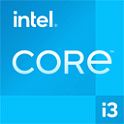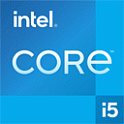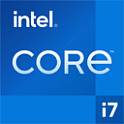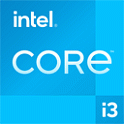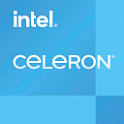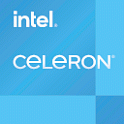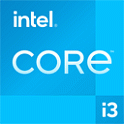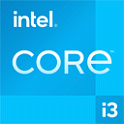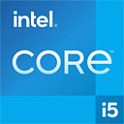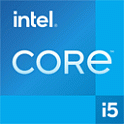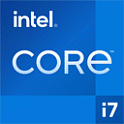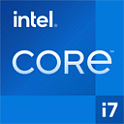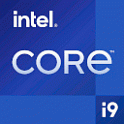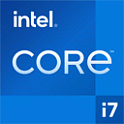 Intel Xeon W-2235
Intel Xeon W-2235
 AMD Ryzen 7 6800HS
AMD Ryzen 7 6800HS
Comparision Intel Xeon W-2235 vs AMD Ryzen 7 6800HS
Grade
Top specs and features
Passmark test
Power Consumption (TDP)
Technological process
Number of threads
L3 cache size
Description
The Intel Xeon W-2235 processor runs at 3.8 Hz, the other AMD Ryzen 7 6800HS runs at 3.2 Hz. Intel Xeon W-2235 is able to accelerate to 4.6 Hz , and the second to 4.7 Hz. The maximum power consumption for the first processor is 130 W, and for AMD Ryzen 7 6800HS 35 W.
In terms of architecture, Intel Xeon W-2235 is built using 14 nm technology. AMD Ryzen 7 6800HS on the 6 nm architecture.
Relative to processor memory. Intel Xeon W-2235 can support DDR4. The maximum supported size is 1000 MB. It should be noted that the maximum memory bandwidth is 93.85. The second processor AMD Ryzen 7 6800HS is capable of supporting DDR5. The throughput is There is no data. And the maximum amount of supported RAM is There is no data MB.
Graphics. Intel Xeon W-2235 has a graphics engine There is no data. The frequency of which is - There is no data MHz. AMD Ryzen 7 6800HS received video core AMD Radeon 680M. Here the frequency is 2200 MHz.
How processors perform in benchmarks. In the PassMark benchmark, Intel Xeon W-2235 scored 15406. And AMD Ryzen 7 6800HS scored 22220 points.
Why AMD Ryzen 7 6800HS is better than Intel Xeon W-2235
- CPU base clock speed 3.8 GHz против 3.2 GHz, more on 19%
Intel Xeon W-2235 vs AMD Ryzen 7 6800HS: highlights


Test results
Technology
Performance
Memory specification
Interfaces and communications
Main characteristics
FAQ
Can Intel Xeon W-2235 and AMD Ryzen 7 6800HS work in 4K mode?
Intel Xeon W-2235 - There is no data. AMD Ryzen 7 6800HS - There is no data.
How many PCIe lanes
Intel Xeon W-2235 - 48. AMD Ryzen 7 6800HS - There is no data.
How much RAM does it support?
Intel Xeon W-2235 supports 1000 GB. AMD Ryzen 7 6800HS supports There is no dataGB.
How fast are the processors?
Intel Xeon W-2235 operates on 3.8 GHz.2 GHz.
How many cores does the processor have?
Intel Xeon W-2235 has 6 cores. AMD Ryzen 7 6800HS has 8 cores.
Do processors support ECC memory?
Intel Xeon W-2235 - has. AMD Ryzen 7 6800HS - There is no data.
Does Intel Xeon W-2235 have embedded graphics?
Intel Xeon W-2235 - There is no data. AMD Ryzen 7 6800HS - AMD Radeon 680M
What kind of RAM is supported
Intel Xeon W-2235 supports DDR4. AMD Ryzen 7 6800HS supports DDR5.
What is the socket of the processors?
Using FCLGA2066 to set Intel Xeon W-2235. FP7 is used to set AMD Ryzen 7 6800HS.
What architecture do they use?
Intel Xeon W-2235 is built on the Cascade Lake architecture. AMD Ryzen 7 6800HS is built on the There is no data architecture.
Is the Intel Xeon W-2235 CPU multiplier unlocked?
Intel Xeon W-2235 - doesn't have. AMD Ryzen 7 6800HS - doesn't have.
How do processors perform in benchmarks?
According to PassMark, Intel Xeon W-2235 scored 15406 points. AMD Ryzen 7 6800HS scored 22220 points.
What is the maximum frequency of processors?
Intel Xeon W-2235 has a maximum frequency of 4.6 Hz. The maximum frequency of AMD Ryzen 7 6800HS reaches 4.7 Hz.
How much energy do they consume?
The power consumption of Intel Xeon W-2235 can be up to 130 Watts. AMD Ryzen 7 6800HS has up to 130 Watts.




